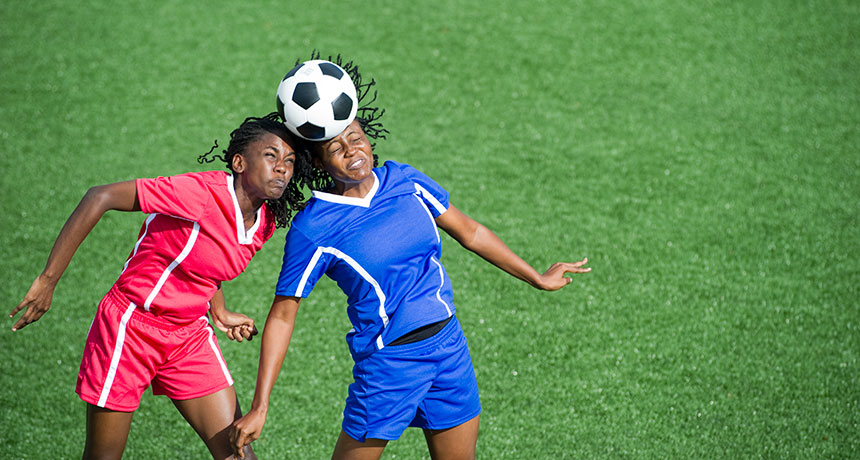Mouse study offers clues to brain’s response to concussions
Multiple head hits in succession most worrisome, evidence indicates

HEADS UP The brain needs time to recover between brain injuries, a study in mice suggests. The finding may help doctors understand potential injuries to athletes, including soccer players who repeatedly head the ball.
isitsharp/iStockphoto






